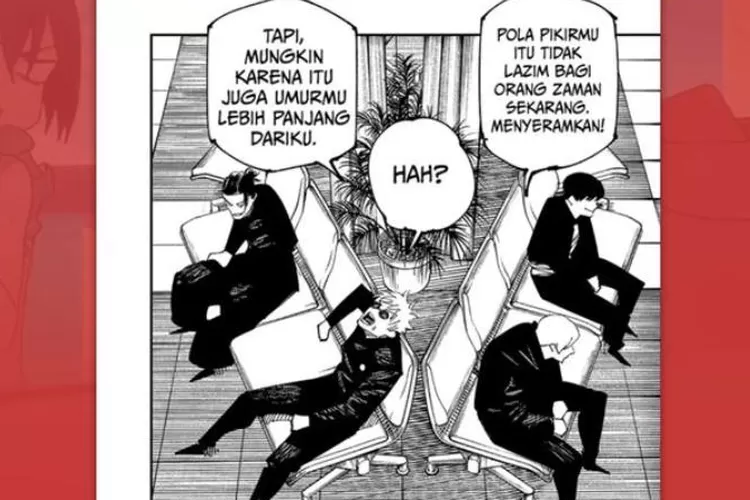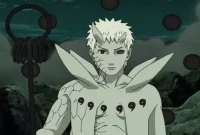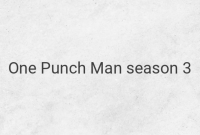The afterlife sequences in the manga Jujutsu Kaisen provide an intriguing exploration of life beyond death. In these sequences, the protagonist Gojo finds himself in the afterlife after being defeated by the powerful Sukuna. This encounter leads to a series of meetings with several characters who have died throughout the story, shedding light on their past relationships and the consequences of Gojo’s actions.
One such character is Geto Suguru, who had once been Gojo’s best friend and powerful ally. However, his transformation into a villain and his role as an enemy of jujutsu sorcerers eventually led to his demise at the hands of Gojo. In the afterlife, Gojo’s encounter with Geto serves as a moment of reflection on their shared history and the tragedy of their fractured friendship.
Nanami Kento, another character who meets Gojo in the afterlife, died during the Shibuya Arc while battling against the formidable Mahito. It was a grueling fight, and Nanami was pushed to the brink of death. It was only through the timely intervention of Yuji Itadori, another important character in the series, that Nanami’s life was spared. In the afterlife, Nanami’s presence serves as a reminder of the sacrifices made in the fight against evil and the impact of one’s choices.
The death of Gojo’s beloved mentor, Masamichi Yaga, was a devastating blow to him. Yaga was the only school authority figure that Gojo respected, and his passing left a significant void in Gojo’s life. Meeting Yaga in the afterlife allows Gojo to express his admiration and pay tribute to the teacher who shaped his journey as a jujutsu sorcerer.
Haibara Yu, Gojo’s junior, and a close friend of Nanami Kento, also appears in the afterlife. Yu’s death occurred during a mission that exceeded their abilities, leaving deep wounds for both Nanami and Geto. This encounter serves as a reminder of the dangers and sacrifices associated with their chosen paths.
Riko Amanai and Kuroi, two characters killed by the infamous jujutsu sorcerer killer Fushiguro Toji, hold significant importance in Geto Suguru’s storyline. Their deaths unsettled Geto and contributed to his transformation into a villain. In the afterlife, their presence highlights the consequences of Toji’s actions and the ripple effect it had on those left behind.
Fushiguro Toji himself, known for his deadly skills as a jujutsu sorcerer killer, is another character that Gojo encounters in the afterlife. Toji is the biological father of Fushiguro Megumi and was responsible for the deaths of Riko Amanai and the injury of Geto Suguru. Gojo’s confrontation with Toji ultimately leads to his demise, serving as a culmination of their intertwined fates.
The afterlife sequences in Jujutsu Kaisen offer a glimpse into a beautifully portrayed existence beyond the real world. These scenes become a backdrop for Gojo’s reunions with important characters from his past. Each encounter provides deeper insights into Gojo’s past, the impact of his choices, and the consequences that shaped the narrative.
By delving into the afterlife, the manga explores themes of life, death, and the lingering effects of one’s actions. The contrast between the struggles and conflicts in the main storyline and the tranquil afterlife sequences adds depth and emotional resonance to the narrative. It allows readers to reflect on the characters’ storylines and find closure in their journeys.
In conclusion, the afterlife sequences in Jujutsu Kaisen play a crucial role in the narrative, allowing Gojo to meet deceased characters and gain a better understanding of the impact of his actions. These encounters provide closure to their storylines and contribute to the overall themes of the manga. The exploration of the afterlife adds depth and emotional resonance to the narrative, making Jujutsu Kaisen a truly captivating and thought-provoking series.




